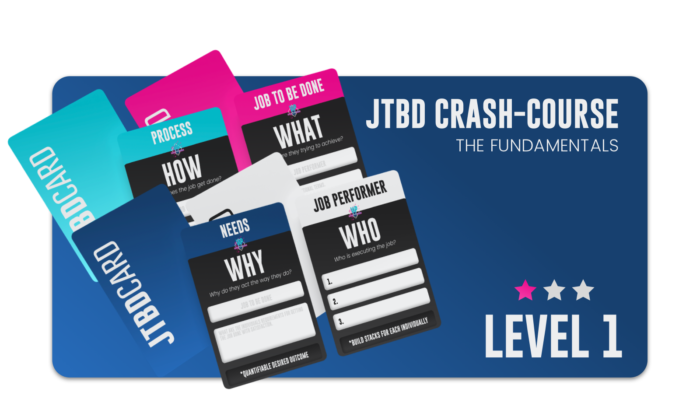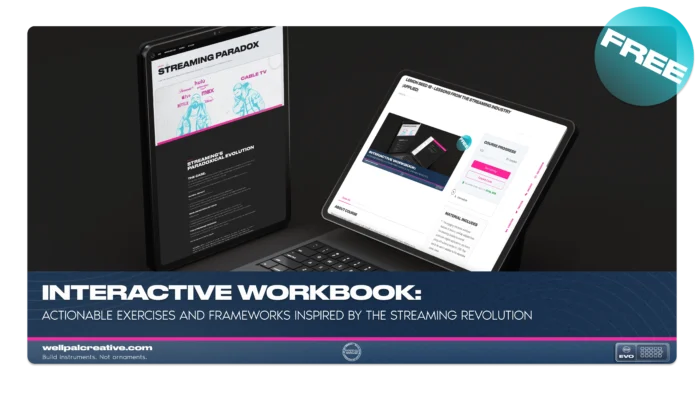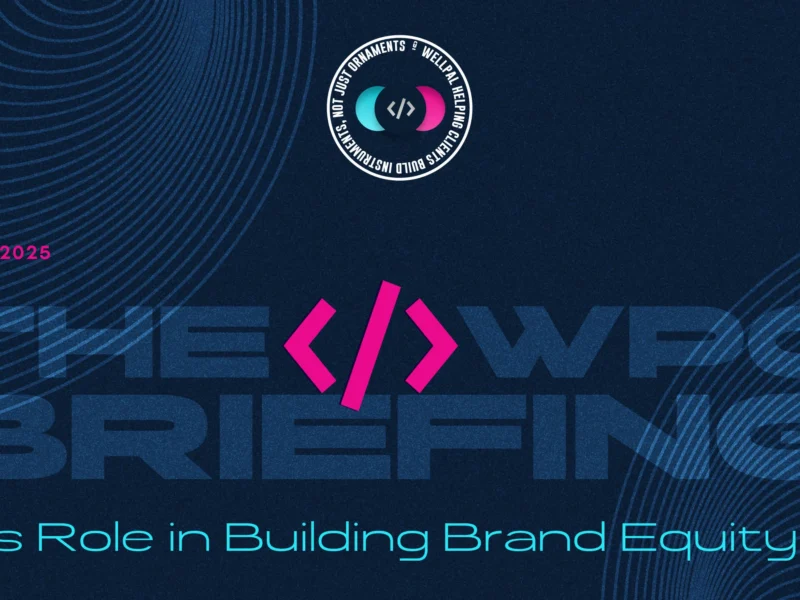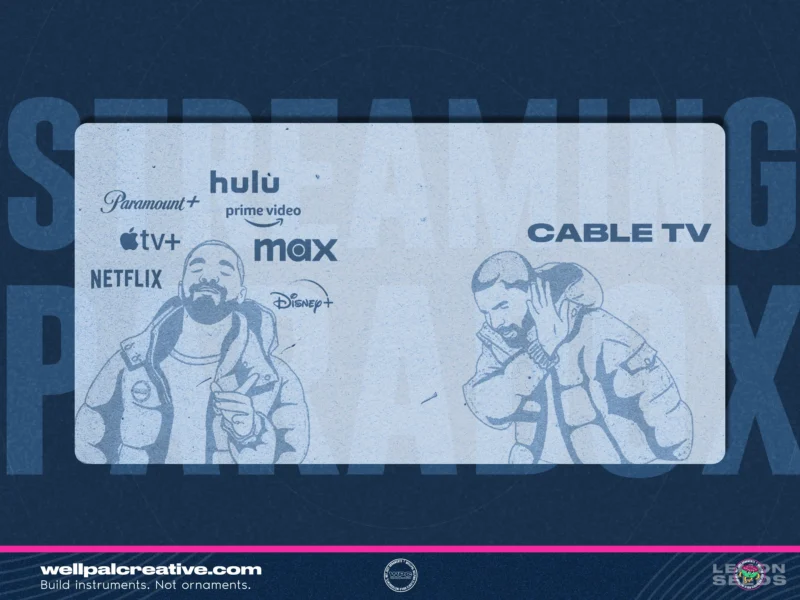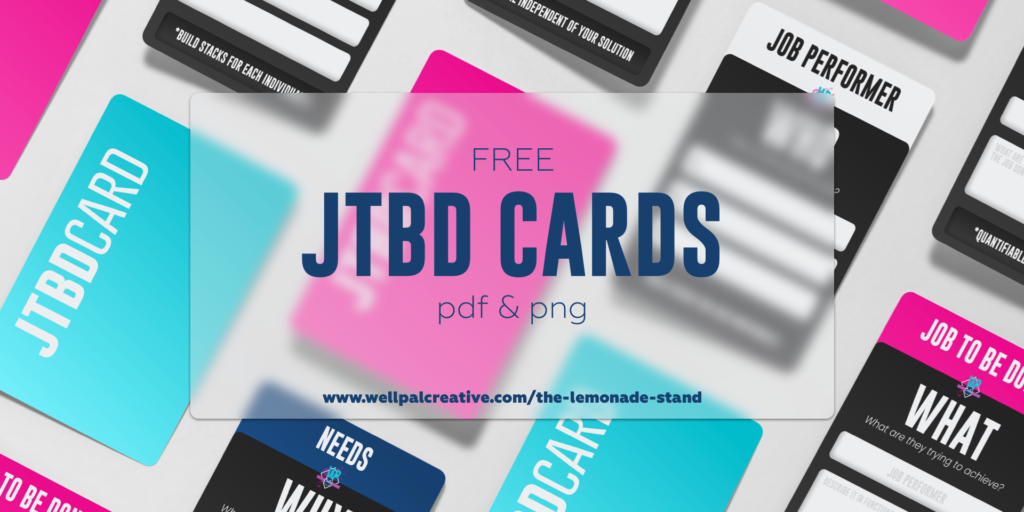COPYRIGHT © 2025 WELLPAL CREATIVE


“Build Instruments. Not Ornaments”
Featured
-
JTBD Fundamentals
$200.00 -
DIY Series - The MVB Kit
$25.00
Recent Lemon Seeds
Copyright © 2025|2026 WellPal Creative
The digital 3rd place
Impact of technology adoption and brand DNA alignment.
The case.
In the last couple of weeks 2 major brands have rolled out their beta web3 footprint; Starbucks’ Odyssey and Nike’s .SWOOSH
And these are by far not the only brands tipping their toes into web3 enabled 3rd place brand building, but they are significant because of their scale and the onboarding potential it brings for the technology in general.
Spoiler alert: There is no way to know for sure how successful these 2 will be, but it will also depend on what your metric of success is I guess.
Regardless of this, the thing that makes it for these brands logical risk to take is that it doesn’t look to be approached as a gimmicky campaign (read more here: “Brand is not a campaign”) but it actually aligns with their brand DNA so far.
For this Lemon Seed, I will be dividing a bit into the Odyssey program.
Context:
I don’t think Starbucks as a brand needs any intro, so let’s skip that part and dive right into the program.
The new rewards program is designed to be more personalized and interactive than the previous version (their own app) and will allow customers to earn and redeem rewards in real-time through their mobile devices.
In addition, the program will be powered by web3 technologies, which (in theory) will enable it to be more transparent and secure, and will allow customers to have greater control over their data.
According to Starbucks, the new rewards program will be a key component of the company’s efforts to create a “digital third place,” which is a term that refers to the virtual spaces where people go to socialize and connect with others online. It is a term that Starbucks coined to some extent many many years ago. This is where I find the seamless fit of this transition lies for this brand.
By using web3 technologies, Starbucks hopes to create a more inclusive and engaging experience for its younger and more modern customers and to build stronger communities around its brand.
They are using the different web3 technologies, not as ornaments for a “woke” attempt at marketing, but as a pure instrument to elevate their current programs’ future limitations. They are not making a completely radical shift, but merely building a layer on top of their existing ecosystem (a compounding effect).
Read here if you want to see how compounding ideas might help you.
the new rewards program will be a key component of the company’s efforts to create a “digital third place,”

The future of brand loyalty programs
Traditional loyalty programs are shifting from a “earn a discount” model to a more interactive model. At least if they want to stay relevant with the dynamics of their younger customers.
To keep their loyalty programs relevant and engaging for consumers, companies must design a consumer loyalty strategy that involves a flexible collaboration of products, services, and experiences.
Some brands even take this a step further by leveraging web3 technology to elevate this “interactive component” into levels that are more limited with web2 solutions.
A trend that is emerging and in my opinion will grow much more in the coming years are “multiplayer loyalty programs” where you form partnerships with other companies in different industries to create a joint loyalty program centered on a shared customer value proposition.
The collaboration moves from a casual sponsorship to an exclusive immersive experience. (POAP, exclusive collab merch, special tokens, token gated access, digital assets).
Starbucks Odyssey is clearly laying the foundation for this to be a part of their future digital strategy.
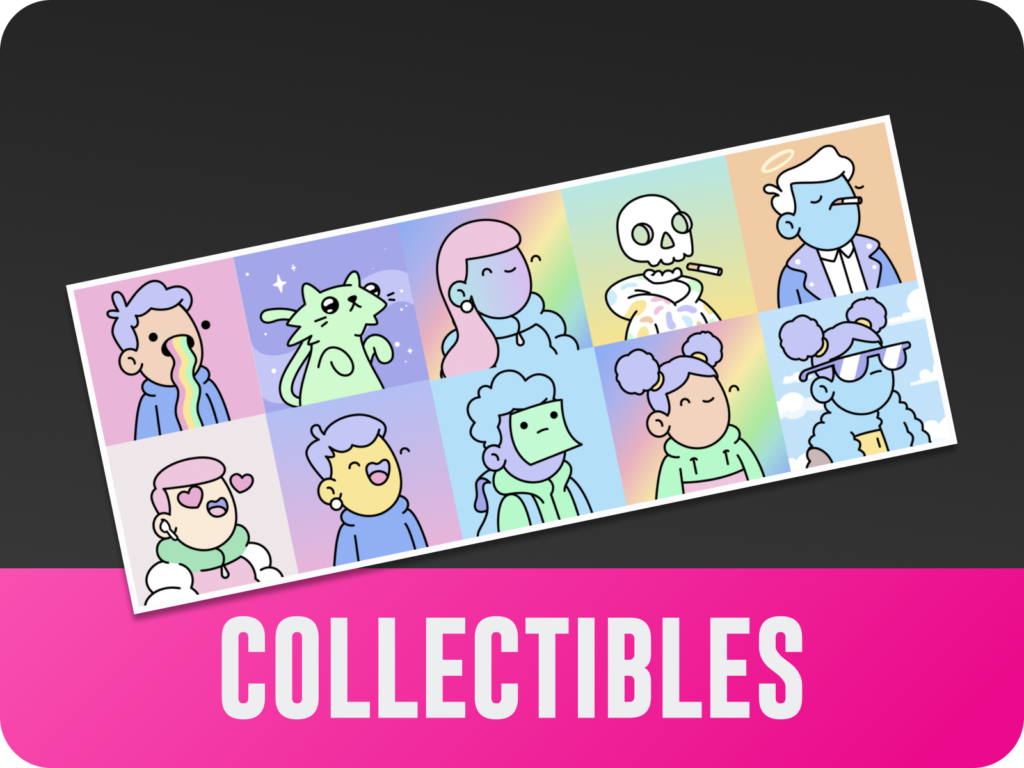



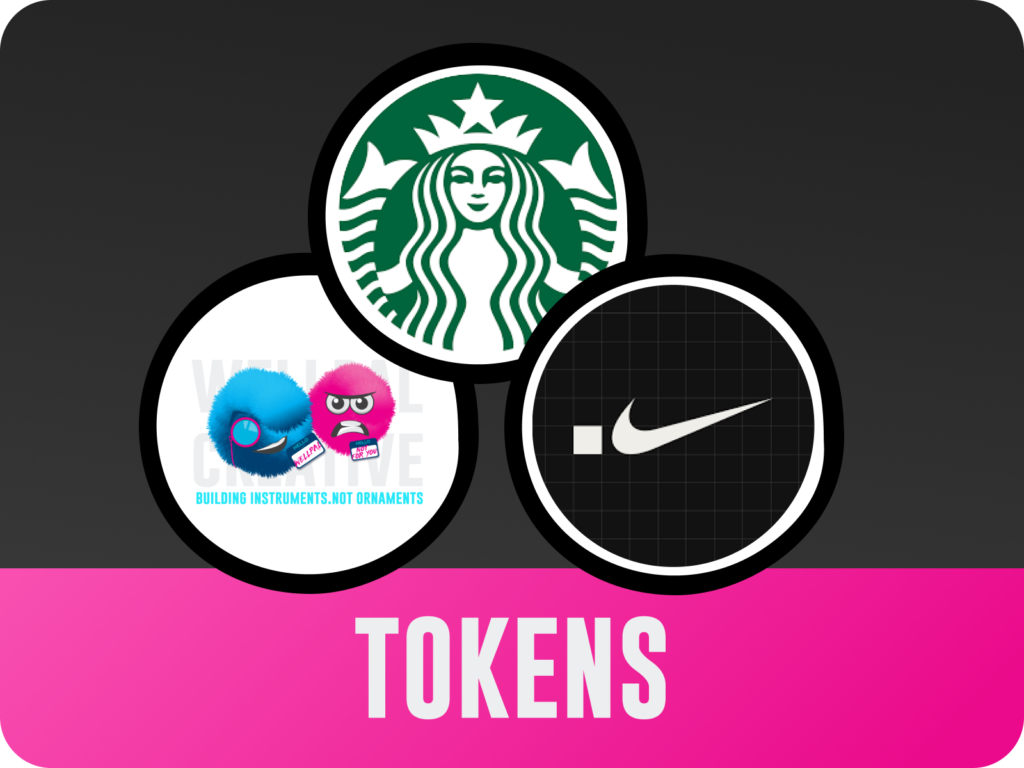

Starbucks Odyssey unpacked
Should you consider web3 for your brand?
To keep it short and simple, ask yourself these 3 questions and answer them as honestly as possible:
- Ask yourself first what is right for our brand and whether it can have benefits for us that we can’t reach with traditional means.
- Does this shift fit with the company culture and current business model?
- Is leadership comfortable with it and do they FULLY back it (risk averse level) for a long period of time without seeing an instant ROI?
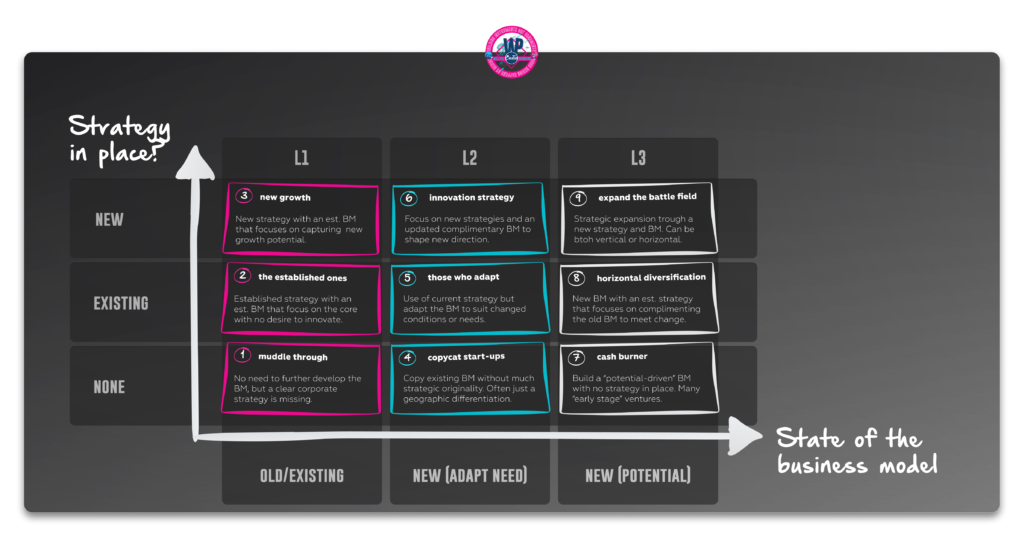
* Strategy/business model matrix.
A visual grid to illustrate the correlation between a strategy in place to the different states of a business model. Just as with the topic of this lemon seed, it doesn’t make sense to consider implementing web3 technology if it is not part fo a clear strategy that supports your current oof future business model.
My 5 cents
A fairly common question clients/brands are asking these days is how Web3 actually helps them TODAY! —not in 2-3-4-10 years down the line.
The honest reality is that much of this is still in its infancy and experimental phase. The maverick brands are playing around with it because of the potential they can see down the line.
It will take a while and some trial and error to fully materialize the benefits of web3 for brands.
That said, I think building brands and growing their equity will undergo a shift regardless of whether brands are willing to invest in this and accept it or not.
The shift will be from a transactional approach to building community/loyalty (perform x and receive Y) to a more interactive relationship with more autonomy for the consumer.
In the case of Starbucks and any other loyalty program, you create a much more inclusive base for engaging your different consumer types. Not everyone cares about buying x coffees to receive 10% off for example.
But now we can think more creatively about nurturing these relationships and make them more transparent.
For example if I enjoy the scavenger hunt approach to earn some of these stamps, I can do so and sell that stamp on the secondary market (if I don’t care for the specific reward that comes with it) and still enjoy some reward for it (I mean I did the work).
Brands leveraging smart contracts don’t need to worry about this too much as most of these contracts have a secondary sales royalty in place which makes the brand earn a % on every transaction on the secondary (so you can see why this is interesting to Nike and luxury brands as well).
How I can help you further.
I believe that effective design and branding should be accessible to everyone, but custom work requires resources and time. The WellPal Creative site has both paid and free resources to get you started.
Have a look at my process for brand strategy building or register (free) to get access to more detailed content and freebies on similar subjects.
If you are already a bit more serious and further along the process of building your business or brand, and would like a 3rd party input on structuring your framework or building your brand, you can consult me or get in touch for a project-specific offer.
I’m dedicated to helping businesses of all sizes and industries create visually striking and effective brands and materials that stand out and deliver results.
Whether you’re a small start-up looking to make a splash in your industry or an established company looking to refresh your image, WellPal Creative has the solution for you.


